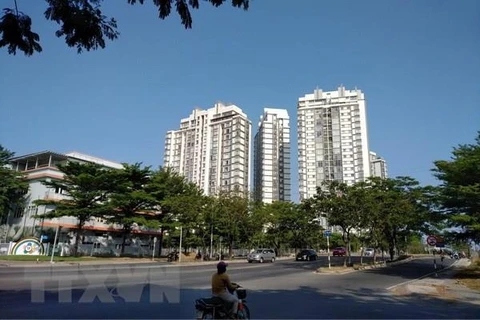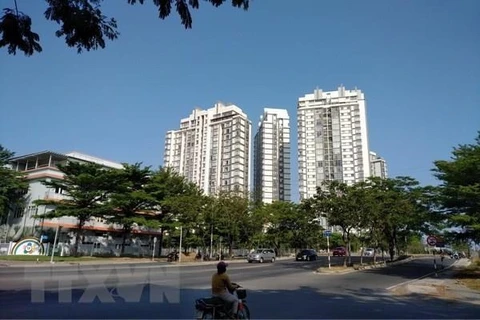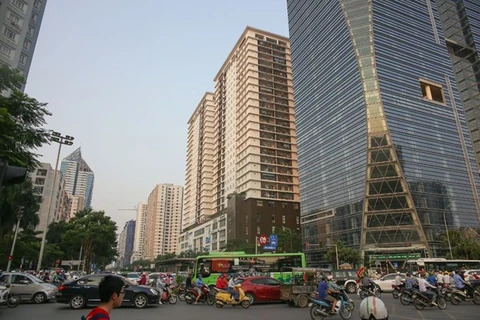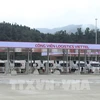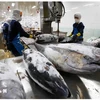Hanoi (VNS/VNA) - A recent survey by Savills found that gap of property prices are narrowing between urban and surrounding areas as more facilities are offered to compensate for outer locations.
The survey also said that property price and size are the key buying influences.
For some apartment projects in My Dinh, the price has increased to 50-60 million VND (2,128-2,553 USD) per sq.m.
Savills reported average primary prices in the third quarter of this year on the Hanoi apartment market moved up 3 percent quarter on quarter (QoQ) and 10 percent year on year (YoY) to 1,500 USD per sq.m. Secondary prices have been more affected by the pandemic and were down 1 percent QoQ to 1,157 USD per sq.m.
The company said abundant planned infrastructure supports the long term outlook with house prices set to benefit. From 2016 to date, primary prices have increased 5 percent per annum. As networks improve, supply will increasingly move to newer and further out areas.
"The market remains price sensitive and uncertain with a lack of Grade A apartment supply. There is robust demand for affordable products. Sustained recovery underpinned by long term economic and population growth is anticipated once COVID-19 is under control," said Do Thu Hang, Savills advisory services and research director.
She said that besides foreign investors, the Hanoi market is attracting domestic investors, especially from HCM City.
There are some reasons for those investors coming to the Hanoi market. Firstly, investors are reassured by the legal framework.
Second, HCM City-based and foreign investors want to bring a new development trend to Hanoi's housing market, which will create direct competition with local investors. These investors are all developers with extensive experience in real estate development, Hang said.
Third, the developers themselves have abilities in many aspects to create affordable products meeting investors' expectations.
However, the biggest difficulty of investors from HCM City is to look for potential projects and cooperation opportunities with landowners in Hanoi. Therefore, they have flexible transaction structures to increase opportunities to cooperate with investors in the city. For instance, they could reduce the investment ratio to 51 percent instead of 76 percent as before.
"The success of investors from HCM City in Hanoi is still a big question," Hang said.
Customer psychology is one of the major challenges for the property investors from HCM City because they may not understand the market demand. In HCM City, prices of projects in the city centre can be up to 10,000 USD per sq.m and even higher. However, Hanoi has few property products with that price and it is difficulty to sell them.
Therefore, despite having a lot of experience in residential real estate development, understanding the Hanoi market is a challenge for developers, she said.
According to the Savills report on the Hanoi market in Q3, the apartment segment had about 3,100 units from four new launches, and the next phases of nine existing projects were down to their lowest in five years at 50 percent QoQ and 60 percent YoY. Primary supply of 26,800 units was down 8 percent QoQ and 9 percent YoY. Uncertainty is delaying project launches.
About 5,200 sales were down 3 percent QoQ and 44 percent YoY. Grades B and C accounted for almost all sales. Demand has eased under a lack of new supply and high-priced inventory.
Savills forecasts in Q4, approximately 9,980 units from one existing and 11 future projects will enter the Hanoi market, with Grade B continuing to dominate. Leading future suppliers will be Gia Lâm District with 38 percent of supply and Tu Liem with 37 percent.
Urbanisation, strong population growth and shrinking households are all driving the solid housing demand, Savills said./.
VNA

